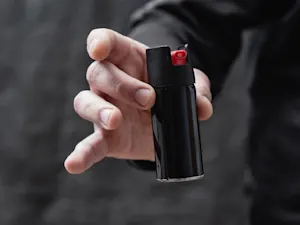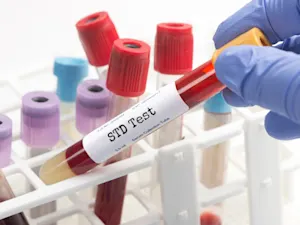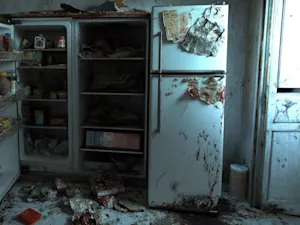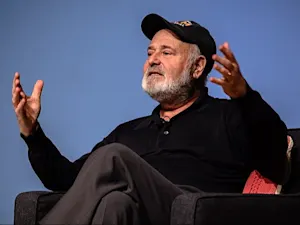
'Acid Bath' Killer Confesses
Police photograph of John George Haigh taken at Horsham Police Station, 1949. Photo courtesy of the Sussex Constabulary. Public domain.
John Haigh was a charming conman with a deadly secret. By the time police caught up with him in 1949, he had lured at least six people to their deaths, believing he could get away with murder by dissolving their bodies in acid. Dubbed the "Acid Bath Murderer," Haigh's gruesome crimes shocked post-war Britain and left a trail of destruction hidden beneath his polished exterior.
A Deadly Illusion
Haigh was a man of contradictions. He presented himself as a cultured businessman, wining and dining wealthy acquaintances, all while plotting their demise. Born into a strict Plymouth Brethren household, Haigh later claimed his isolated upbringing led him to develop a fascination with blood and death.
Despite his charm, Haigh had a history of fraud and deception. After multiple prison stints for swindling victims out of their money, he came to a grim realization — if there were no bodies, there would be no crime. Inspired by French killer Georges-Alexandre Sarret, Haigh began experimenting with sulfuric acid, testing its ability to dissolve small creatures before moving on to his first human victim.
The McSwan Family Disappearance
Haigh's first known victim was William McSwan, an old acquaintance who had become a successful property manager. In September 1944, Haigh lured him to a basement, killed him, and placed his body in a barrel of acid. Two days later, the remains were gone.
To cover his tracks, Haigh told McSwan's parents, Donald and Amy, that their son had gone into hiding to avoid military service. When they became suspicious, he invited them to his workshop, where he murdered them in the same brutal fashion. With all three McSwans out of the picture, Haigh forged documents to seize their properties and assets.
The Hendersons and a Sinister Pattern
By 1947, Haigh's funds were running low, and he needed new victims. He set his sights on Dr. Archibald Henderson and his wife, Rose. Posing as an interested buyer for their London property, he ingratiated himself with the couple. Eventually, he lured Dr. Henderson to his workshop and shot him. When Rose arrived later, she met the same fate. Their bodies, like the McSwans before them, were dissolved in acid, and Haigh drained their bank accounts.
The Final Victim: Olive Durand-Deacon
Haigh's final known victim was Olive Durand-Deacon, a wealthy widow who lived at the Onslow Court Hotel, where Haigh had also taken residence. She confided in him about her idea for manufacturing artificial fingernails, a conversation that ultimately sealed her fate.
On Feb. 18, 1949, Haigh invited her to his workshop to discuss the venture. Once inside, he shot her in the head, stripped her of valuables, and submerged her body in acid. Confident in his method, Haigh even had the audacity to report her disappearance to the police alongside her concerned friends.
The Shocking Discovery
Investigators quickly became suspicious of Haigh, particularly after finding that he had recently sold Mrs. Durand-Deacon's jewelry and had her fur coat cleaned. When they searched his workshop, they discovered disturbing evidence — a revolver, rubber gloves, acid-stained clothing, and a large metal drum.
Despite Haigh's belief that acid would leave no trace, forensic experts found human gallstones and dentures among the sludge in his yard — irrefutable proof of his crimes. Under questioning, Haigh confessed, not only to the murders police could prove but also to three additional killings, though no evidence of these other victims was ever found.
A Killer's Final Days
During his trial, Haigh attempted an insanity defense, claiming he had an uncontrollable urge to drink his victims' blood. The jury, however, was unmoved. After just minutes of deliberation, they found him guilty. He was sentenced to death and hanged at Wandsworth Prison on Aug. 10, 1949.
Even in his final days, Haigh remained meticulous. He ensured his hair was perfectly groomed for his wax figure at Madame Tussauds and even requested a meeting with his executioner to verify that the correct drop weight had been calculated.
Legacy of Horror
John Haigh's story continues to captivate crime enthusiasts, with relics from his case still on display at the Museum of London's Black Museum. The "Acid Bath" murders remain a chilling reminder that even the most charming individuals can harbor the darkest secrets.
References: The 'Acid Bath' Murders | The Acid Bath Murders























